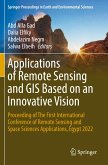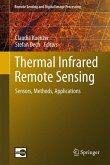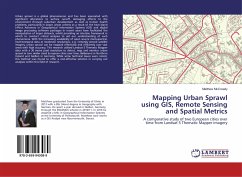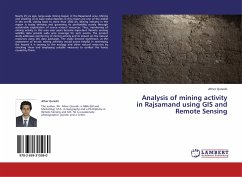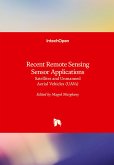The present work represents an endeavour of applying remote sensing and geographic information systems (GIS) in geomorphological studies. Since the inception of the Landsat program in the early 1970s, remote sensing in particular has become an increasingly important tool for improving conventional methods of data collection and map production in geosciences. The potential of using remote sensing accompanied by GIS in geology and geomorphology has been long term discussed in the principal literatures e.g. Lillesand & Kieffer 1977-2000, Drury 1987-2001, Avery & Berlin 1992, Campell 1996, Easterbrook & Kovanen 1998, Jensen 2000, Sabins 2000, Janssen et al. 2001, Outtara et al. 2004, and Short 2005. The principal benefits of using remote sensing and GIS are that the automatic extraction of information using automatic classification, band ratioing, quantitative spectral analysis, easy digital integration with auxiliary data, and improving mapping and cartographic skills. Consequently, they are indispensable techniques for geomorphological and geological studies nowadays.
Bitte wählen Sie Ihr Anliegen aus.
Rechnungen
Retourenschein anfordern
Bestellstatus
Storno


